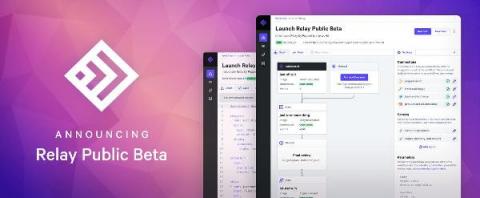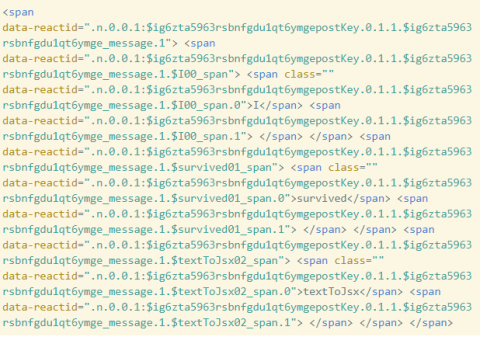Announcing the Relay public beta
Editor's note: This blog post was originally published on relay.sh. Today we announce Relay, an event-driven automation platform. Sign up now and try it out! Relay connects infrastructure and operations platforms, APIs, and tools together into a cohesive, easy-to-automate whole. Relay is simple enough for you to start automating common, if-this-then-that (IFTTT) style DevOps tasks in minutes and powerful enough to model multi-step, branching, parallelized DevOps processes when the need arises.











